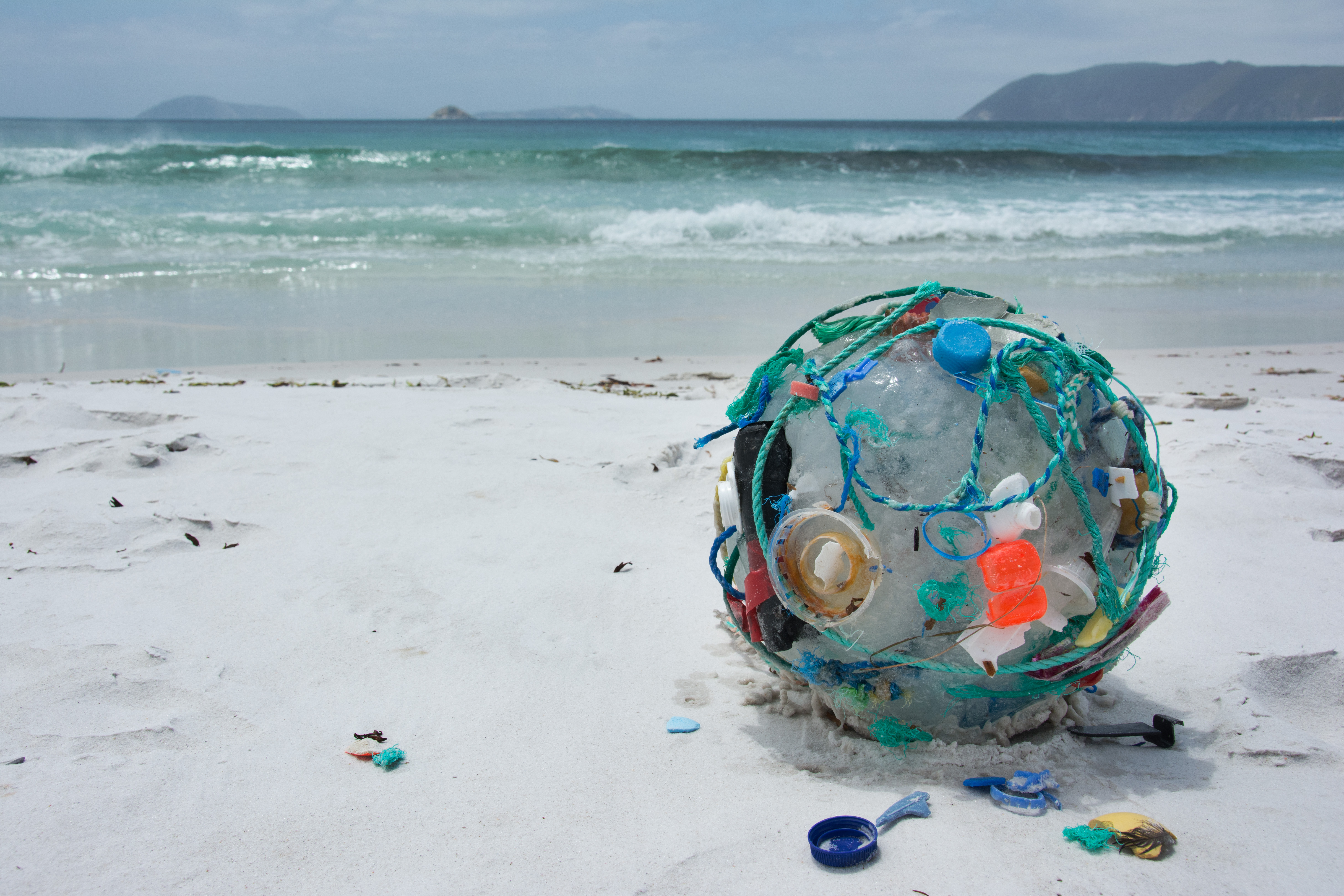
“The amount of plastic out there isn’t trivial,” White said.
#PACIFIC GARBAGE PATCH PATCH#
The studies have shown is that if you look at the actual area of the plastic itself, rather than the entire North Pacific subtropical gyre, the hypothetically “cohesive” plastic patch is actually less than 1 percent of the geographic size of Texas. Given the observed concentration of plastic in the North Pacific, it is simply inaccurate to state that plastic outweighs plankton, or that we have observed an exponential increase in plastic.” “We have data that allow us to make reasonable estimates we don’t need the hyperbole. “There is no doubt that the amount of plastic in the world’s oceans is troubling, but this kind of exaggeration undermines the credibility of scientists,” White said. There is a lot of plastic trash floating in the Pacific Ocean, but claims that the “Great Garbage Patch” between California and Japan is twice the size of Texas are grossly exaggerated, according to an analysis by an Oregon State University scientist.įurther claims that the oceans are filled with more plastic than plankton, and that the patch has been growing tenfold each decade since the 1950s are equally misleading, pointed out Angelicque “Angel” White, an assistant professor of oceanography at Oregon State. It is endless for an area that is maybe twice the size as continental United States.”Ī 2011 study from Oregon State University, however, asserted that the real size of the Great Pacific Garbage Patch was hundreds of times smaller than commonly claimed:


Marcus Eriksen, a research director of the US-based Algalita Marine Research Foundation, which Mr Moore founded, said: “The original idea that people had was that it was an island of plastic garbage that you could almost walk on. “Charles Moore, an American oceanographer who discovered the “Great Pacific Garbage Patch” or “trash vortex”, believes that about 100 million tons of flotsam are circulating in the region. The number appeared to come from a 2008 quote from Marcus Eriksen, the research director at the Algalita Marine Research Foundation: The claim that the Great Pacific Garbage Patch covers “8.1 percent of the Pacific Ocean” is also a matter of debate. Oceanographers and ecologists recently discovered that about 70% of marine debris actually sinks to the bottom of the ocean. The seafloor beneath the Great Pacific Garbage Patch may also be an underwater trash heap. This soup is intermixed with larger items, such as fishing gear and shoes. The microplastics of the Great Pacific Garbage Patch can simply make the water look like a cloudy soup. Even satellite imagery doesn’t show a giant patch of garbage.

Microplastics can’t always be seen by the naked eye. In reality, these patches are almost entirely made up of tiny bits of plastic, called microplastics. Ships and aircraft from the Ronald Reagan Carrier Strike Group are conducting search and rescue operations and re-supply missions as directed in support of Operation Tomodachi throughout northern Japan.įurthermore, National Geographic reported that while the name “Great Pacific Garbage Patch” may conjure up an image of a floating island of debris, the actual garbage patch itself was actually difficult to see:įor many people, the idea of a “garbage patch” conjures up images of an island of trash floating on the ocean. The photograph seen here shows debris resulting from a 9.0 magnitude earthquake (and resulting tsunami) that struck northern Japan in 2011:Īn aerial view of damage to Wakuya, Japan, after a 9.0 magnitude earthquake and subsequent tsunami devastated the area in northern Japan. ALthough the claim associated with the photograph - that a massive garbage patch covers 8.1% of the Pacific Ocean - has been advanced by some scientists, this image does not specifically depict that particular collection of ocean-borne trash.


 0 kommentar(er)
0 kommentar(er)
